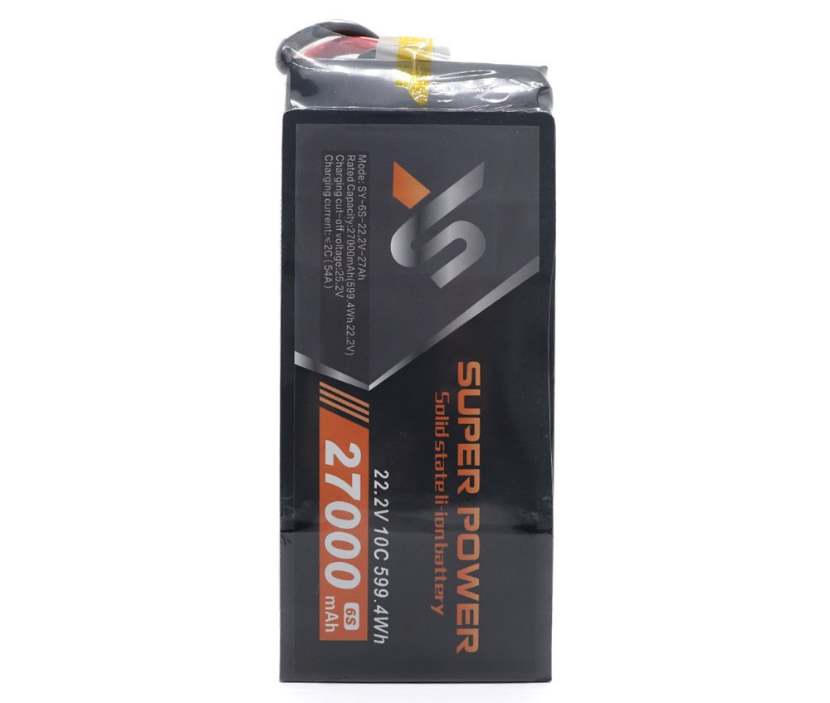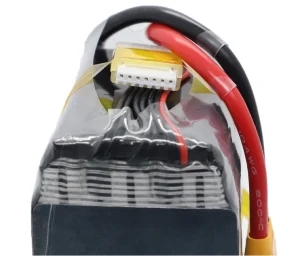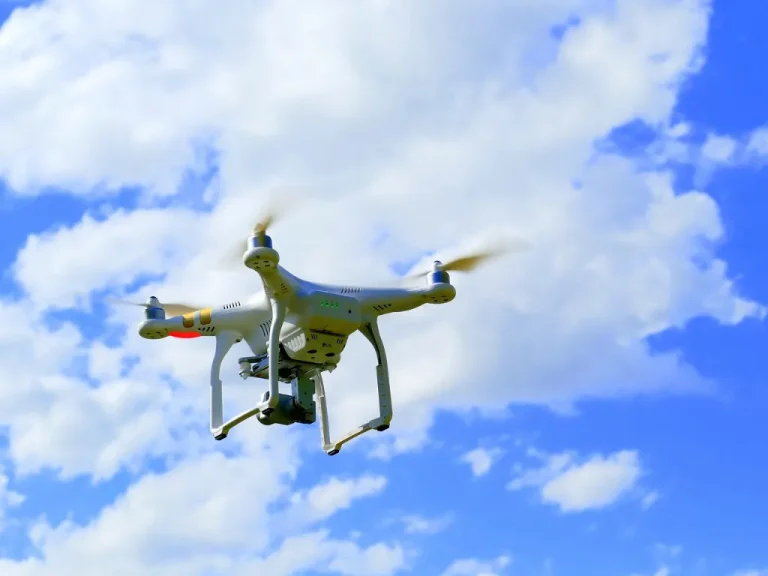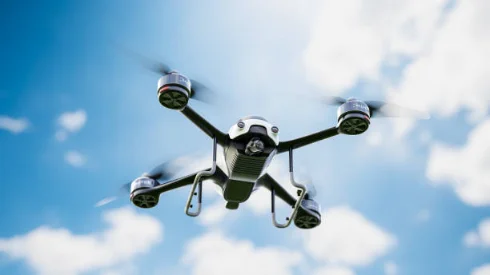Understanding Lithium-Ion Battery Fires
What Causes Lithium-Ion Battery Fires?
Lithium-ion batteries are popular. They have high energy density. They also last many cycles. But they carry risks. Fires can start from internal or external issues. These cause overheating. Internal short circuits or manufacturing flaws can trigger heat buildup. Overcharging or physical damage also raises risks. External factors matter too. High temperatures or careless handling during charging can spark fires. Products like SY-6S-21.9V-31Ah offer great benefits. But they need careful use to stay safe.
The Risks Associated with Thermal Runaway
Thermal runaway is a dangerous chain reaction. Rising temperatures create more heat inside the battery. This can spiral quickly. It may lead to fire or explosions. Once started, thermal runaway is hard to stop. It releases flammable gases. These can catch fire when exposed to oxygen. The danger is greater where batteries are packed closely. This includes electric vehicles or drones.
Common Scenarios Leading to Lithium-Ion Battery Fires
Several situations can cause lithium-ion battery fires:
- Overcharging: Going beyond safe voltage during charging harms internal parts.
- Physical Damage: Dropping or piercing a battery can cause short circuits inside.
- Improper Storage: Keeping batteries in hot places increases overheating risks.
- Manufacturing Defects: Low-quality materials or assembly mistakes weaken safety.
Products like SY-14S-51.1V-31Ah focus on safety. They resist fires caused by punctures.
Effective Methods to Handle Lithium-Ion Battery Fires
Immediate Actions to Take During a Lithium-Ion Battery Fire
If a lithium-ion battery ignites:
- Leave the area quickly. Prioritize personal safety.
- Avoid breathing smoke or fumes from the burning battery.
- Use special extinguishing agents for lithium-ion fires. Avoid standard fire extinguishers.
Cooling Techniques for Containing Thermal Runaway
Cooling is key to halting thermal runaway. Non-flammable cooling agents work well. Apply them directly to the battery. This reduces heat and stops escalation. Water can be used carefully. It cools well but may react with battery chemicals.
The Role of Water and Non-Flammable Liquids in Fire Suppression
Water has two roles. It cools the battery. It also smothers flames by cutting oxygen. Non-flammable liquids, like encapsulator agents, are gaining favor. They isolate heat sources. They also reduce chemical reactions.
Choosing the Right Fire Extinguisher for Lithium-Ion Battery Fires
Key Considerations When Selecting a Fire Extinguisher
Picking the right fire extinguisher is crucial. Consider the nature of lithium-ion battery fires:
- Compatibility: Choose extinguishers rated for Class B (flammable liquids) and Class C (electrical) fires.
- Effectiveness: Select ones that cool and isolate heat well.
- Safety: Avoid extinguishers that could worsen battery chemical reactions.
Overview of Encapsulator Agents for Fire Suppression
Encapsulator agents are modern solutions. They are designed for lithium-ion batteries. These agents trap flammable vapors. They also cool affected areas. This lowers flame strength and thermal runaway risks.
Comparing Traditional Foam vs. Fluorine-Free Solutions
Traditional foam extinguishers have limits. They struggle with thermal runaway in lithium-ion fires. Fluorine-free solutions are better. They are eco-friendly. They also handle high-intensity fires well. They avoid harmful environmental effects.
Advances in Fire Protection Technologies for Lithium-Ion Batteries
Innovations in Integrated Fire Suppression Systems
Lithium-ion batteries are used widely. This has driven new fire suppression systems. These detect and stop fires early. They reduce damage and keep people safe. Modern systems use sensors. These spot heat issues in battery packs. They trigger automatic suppression tools. Encapsulator agents are often used. They isolate heat and put out flames well. They handle challenges like thermal runaway and gas emissions better than traditional extinguishers.
These systems now include real-time monitoring. This tracks battery conditions constantly. It gives early warnings of potential problems. Such tools are vital in high-risk settings. Electric vehicles and energy storage systems are examples. Densely packed batteries there increase fire dangers.
The Importance of Thermal Management in Preventing Fires
Thermal management is critical for fire prevention. It keeps battery temperatures safe. This stops overheating and thermal runaway. Methods like liquid cooling are common. Phase change materials and advanced heat sinks also help. They remove heat during charging and discharging.
Products like SY-6S-21.9V-31Ah rely on strong thermal management. This ensures performance and safety. Thermal interface materials (TIMs) are another advance. They improve heat transfer between battery cells and cooling parts. This lowers overheating risks.
Eco-Friendly and Biodegradable Fire Suppression Agents
Environmental concerns are growing. Eco-friendly fire suppression agents are now a focus. Traditional extinguishers often use harmful chemicals. These can damage the environment. Biodegradable agents are a green alternative. They fight lithium-ion fires effectively.
Fluorine-free solutions stand out. They suppress fires well. They also avoid harmful fluorinated compounds. These are ideal for industries with strict green rules. Aviation and renewable energy sectors benefit greatly.
Industry Applications and Safety Measures for Lithium-Ion Batteries
Addressing Safety Concerns in Personal Electronics and Power Tools
Lithium-ion batteries power many devices. These include personal electronics and power tools. Their high energy density and long life are key. But safety issues need attention. Overcharging protection circuits help. So do thermal cutoffs and strong casings.
Products like SY-12S-44.4V-22Ah focus on safety. They offer long cycle life, up to 1000 cycles. They also handle high discharge rates. This ensures reliability. It reduces risks like overheating or short circuits.
Mitigating Risks in Electric Vehicles and Charging Stations
Electric vehicles (EVs) use large lithium-ion batteries. Safety is critical due to their size and energy. Manufacturers use many protections. These include cell-level monitoring. Reinforced enclosures and advanced cooling are also key.
Charging stations are important too. Smart chargers use real-time diagnostics. They spot issues during charging. This prevents overcharging or overheating.
Ensuring Safe Use of Lithium-Ion Batteries in Aviation and Energy Storage Systems
The aviation sector uses lithium-ion batteries for many tasks. These range from auxiliary power to emergency backups. Safety standards are strict. Manufacturers build batteries to resist puncture-related fires or explosions.
Models like SY-14S-51.1V-31Ah meet high safety standards. They resist punctures. They also control discharge rates. Energy storage systems (ESS) use large battery arrays. These store renewable energy. Tailored fire suppression systems reduce risks in ESS effectively.
Frequently Asked Questions
What causes lithium-ion battery fires?
Fires often come from internal short circuits. Overcharging or high temperatures also trigger them.
How can I safely extinguish a lithium-ion battery fire?
Use extinguishers for Class B (flammable liquids) or Class C (electrical) fires. Water-based ones work if used carefully.
Are eco-friendly fire suppression agents reliable?
Yes. Biodegradable agents suppress fires well. They also reduce environmental harm.
What industries benefit most from advanced fire protection technologies?
Aviation, electric vehicles, and renewable energy storage gain the most. Consumer electronics also benefit.
For details on tailored lithium-ion battery solutions, contact Taixing Shengya Electronic Technology Co., Ltd. They are known for innovative products. These combine high safety and long cycle life.










